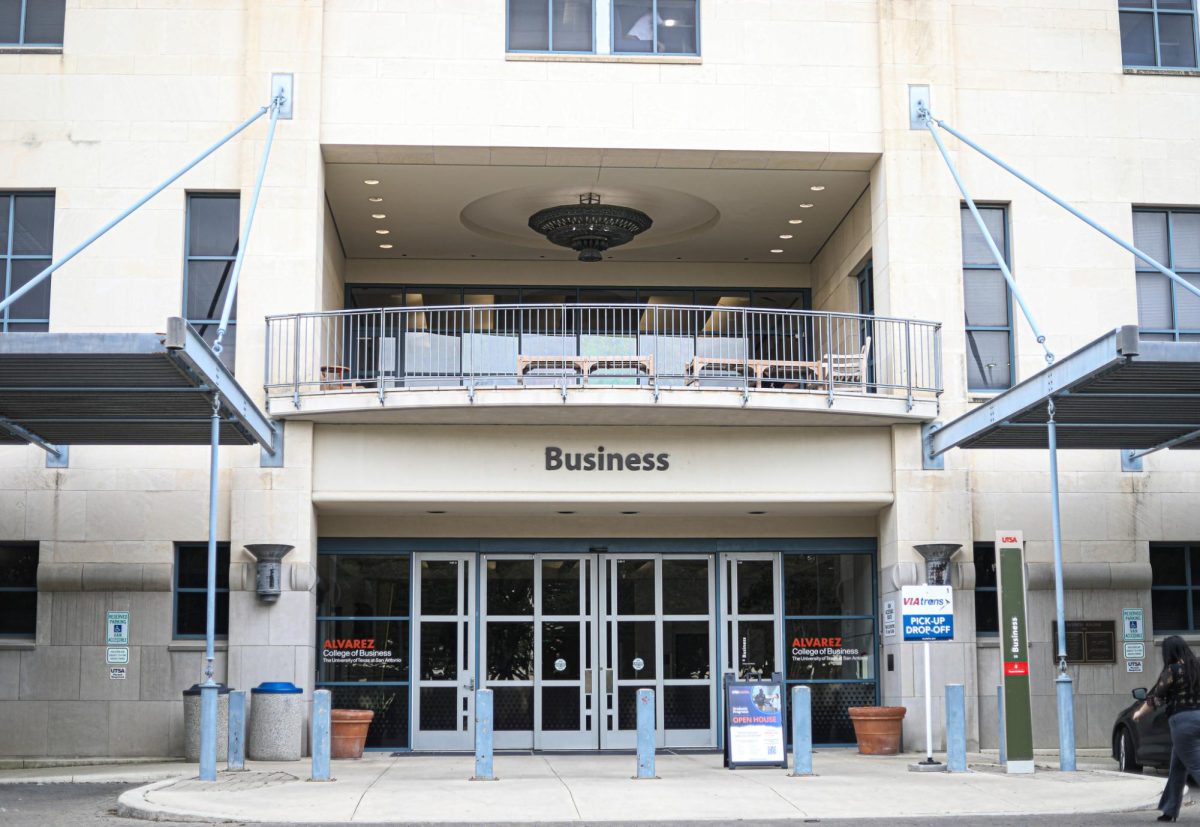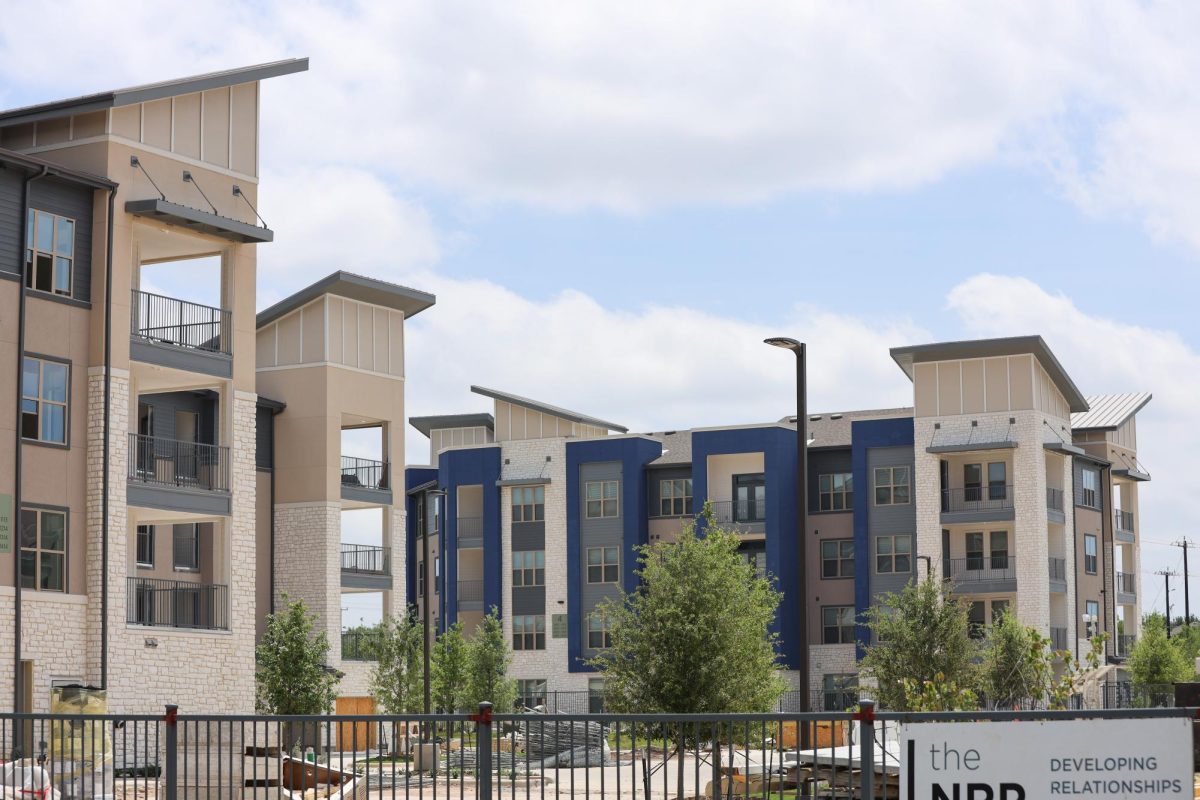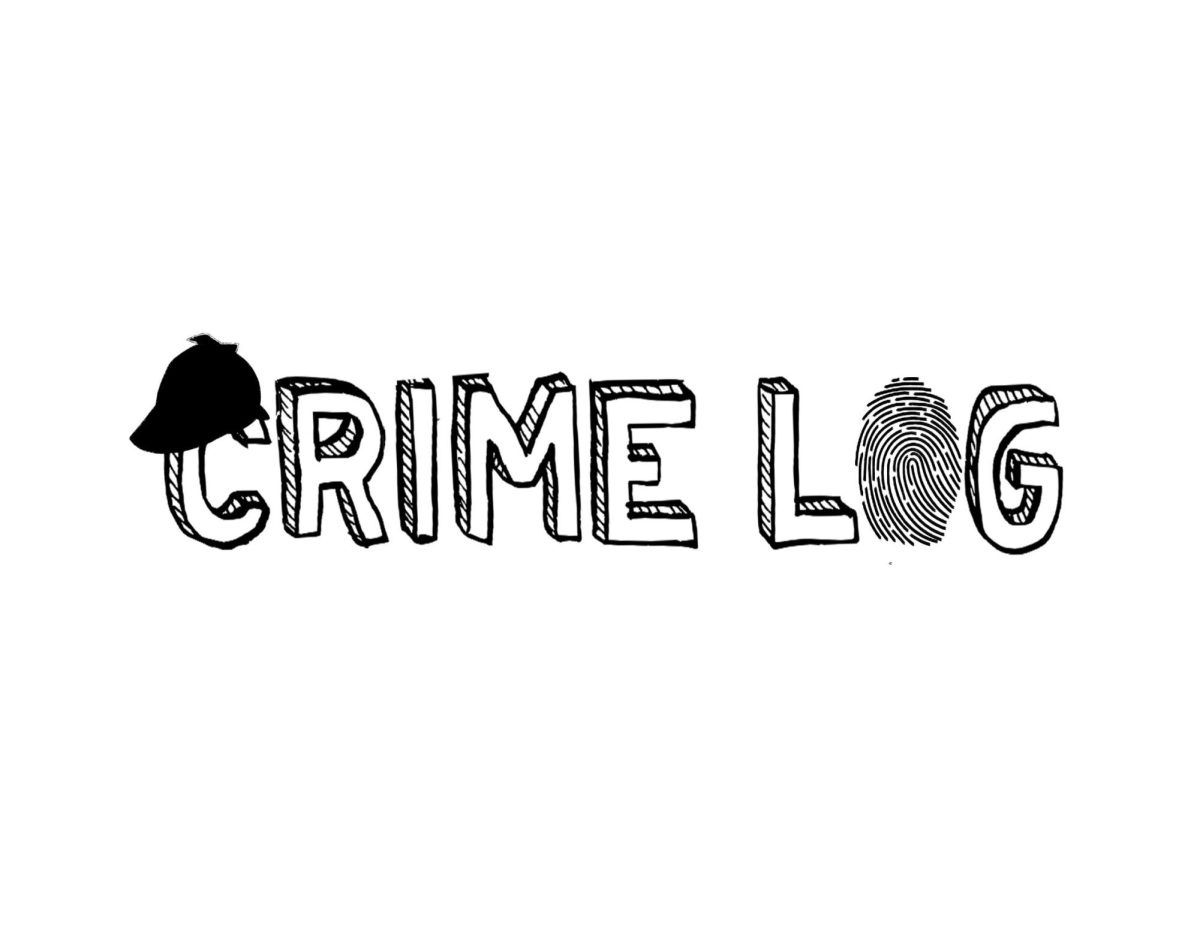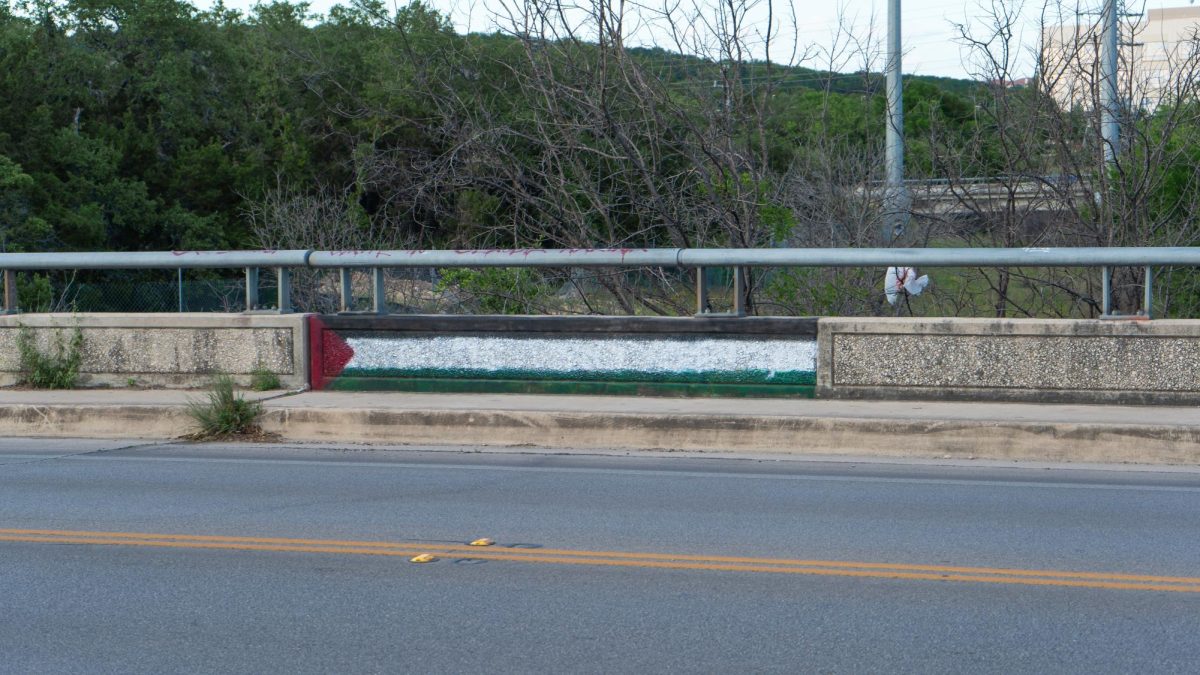With events such as the 2012 Aurora Theater shooting during the premier of “The Dark Knight Rises” and the 2014 Sandy Hook school shooting, the U.S. has been focused on ways to reduce gun violence and prevent more mass shootings from happening. Congress has been working to write new legislation that addresses this problem while preserving citizens’ second amendment rights.
Both sides of the gun debate want the same thing— the ability to live in a safe, free and more protected society. Although they want to achieve them in very different ways, a recent study conducted by Texas A&M University looked at the number of Concealed Handgun carry licenses in relation to the changes of crime rates in certain states to find if the number of CHL owners had any affect on reducing crime or not.
According to the study, the U.S. has the highest number of licensed gun-users out of any other country; there are 117 firearms for every 100 adult Americans. The closest in number to the U.S. is Switzerland, with 46 firearms for every 100 adults, and Finland, with 45 firearms per 100 adults.
Firearms can mean a lot of things, but most of the time, the issue involves handguns—72 percent of firearm homicides involved a handgun, leading Congress and gun debaters to narrow their focus to civilians’ personal weapons.
The study focuses specifically on four states in 2011 (Florida, Michigan, Pennsylvania and Texas) that had a high number of CHL gun owners and how their crime rates changed from the time the states instituted concealed carry.
Florida had the highest number of CHL owners at 1,278,246 — seven percent of the population. Pennsylvania followed with 872,227 owners — or seven percent of the population, while Texas came next with 789,048 — three percent of the population — and Michigan with 430,095 — four percent of the population.
The states with more CHL owners haven’t necessarily seen a decrease in crime.
Since adopting a concealed handgun carry licensing law, Florida’s average arrest rate for murder has increased by .09 percent, while Pennsylvania’s rate has increased by .03 percent. Texas and Michigan have seen a decrease in their rates, down .11 percent and .43 percent respectively.
Burglary arrest rates reveal a similar finding. On average, Florida decreased by 1.08 percent, Pennsylvania decreased by 1.49 percent, Texas decreased by 3.12 percent and Michigan decreased by .90 percent.
Despite having the highest number of CHL owners in the state, Florida had the second lowest rate decrease in burglary arrests, while Texas, having fewer CHL owners, saw the largest rate decrease.
The study concluded that there is no connection between loosening gun laws or increasing the number of CHL permits with decreasing violence. With the U.S. having such high gun ownership and a high number of mass shootings, the problem is a difficult one with no clear answer.











